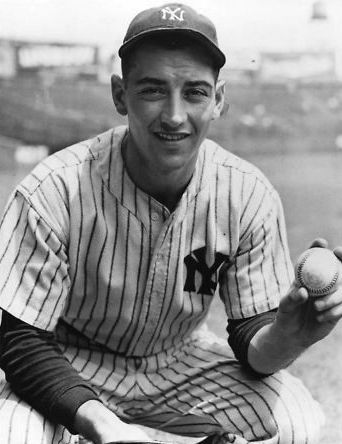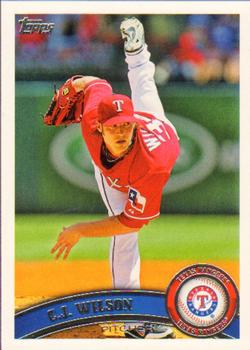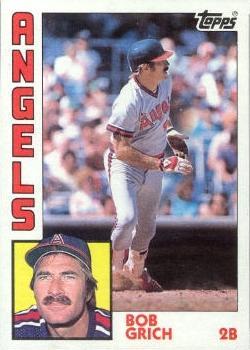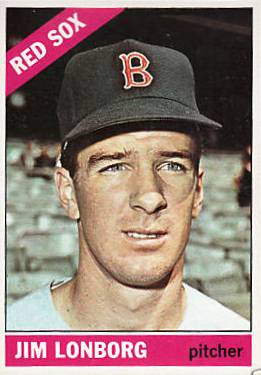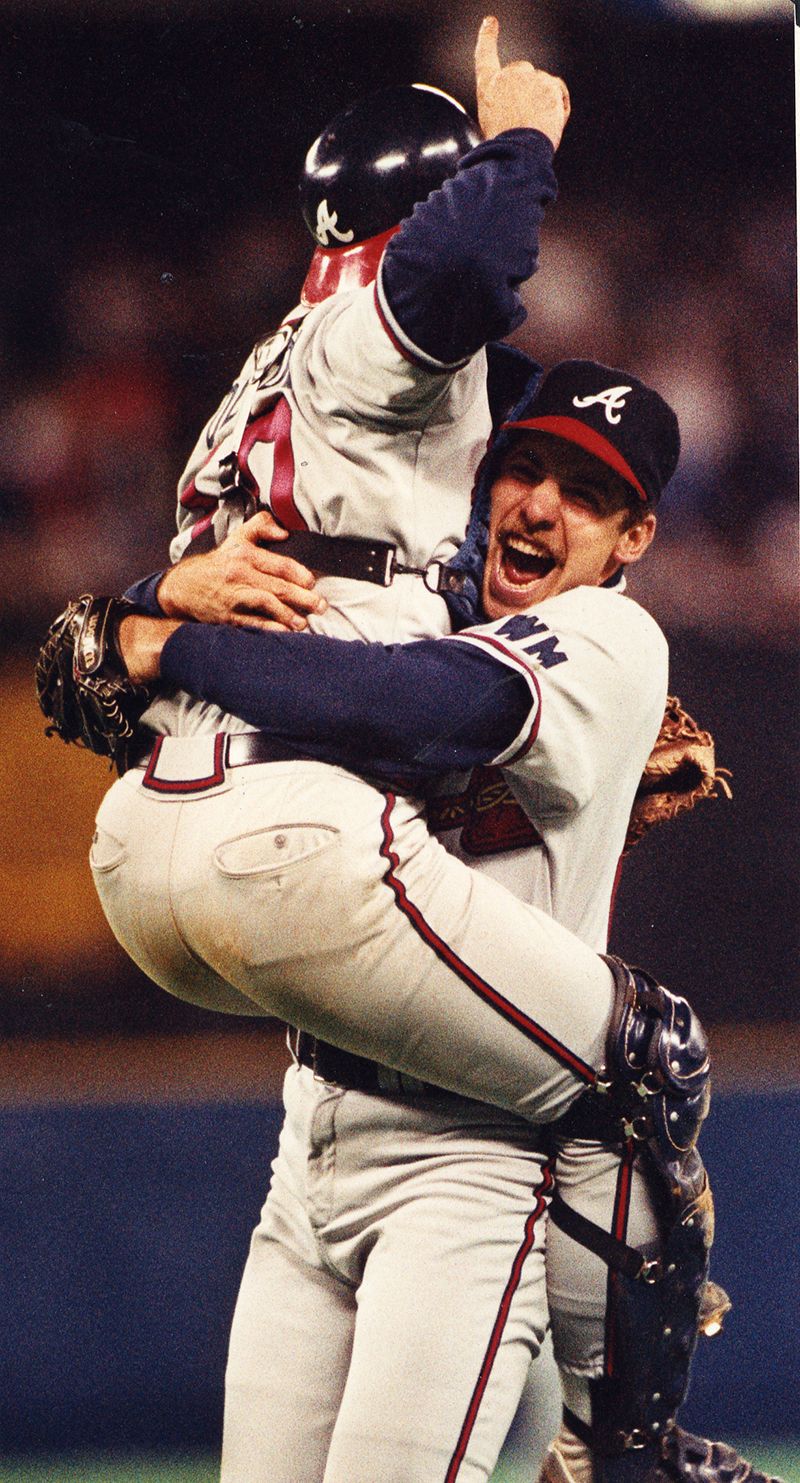October 7, 1968: Jose Feliciano lights Tigers’ fire
 The St. Louis Cardinals could almost taste it. Up three games to one against the Detroit Tigers in the 1968 World Series, manager Red Schoendienst’s team needed only one more victory to bring home their second consecutive championship. Except for Detroit’s Game Two victory, the Redbirds had dominated the Tigers, outscoring them 21-4. In battles between aces in Games One and Four, Bob Gibson had been in a league of his own, striking out a combined 27 batters, while 31-game-winner Denny McLain had looked very ordinary in suffering two losses. St. Louis speedster Lou Brock was Detroit’s thorn in the flesh, batting .500 thus far, with seven stolen bases.
The St. Louis Cardinals could almost taste it. Up three games to one against the Detroit Tigers in the 1968 World Series, manager Red Schoendienst’s team needed only one more victory to bring home their second consecutive championship. Except for Detroit’s Game Two victory, the Redbirds had dominated the Tigers, outscoring them 21-4. In battles between aces in Games One and Four, Bob Gibson had been in a league of his own, striking out a combined 27 batters, while 31-game-winner Denny McLain had looked very ordinary in suffering two losses. St. Louis speedster Lou Brock was Detroit’s thorn in the flesh, batting .500 thus far, with seven stolen bases.
Despite the dark clouds over the Tigers’ World Series chances, it was sunny skies and temperatures in the mid-50s for Game Five in the Motor City, a perfect day for October baseball. A crowd of 53,634 shoehorned its way into Tiger Stadium.
A little-known singer from Puerto Rico named Jose Feliciano was scheduled to sing “The Star-Spangled Banner.” He had recently cracked the Billboard charts with his cover version of the Doors’ “Light My Fire.” Feliciano, who was legally blind, had been invited to sing by Tigers radio broadcaster Ernie Harwell, who was also a songwriter.
Accompanying himself on the guitar, Feliciano performed an altogether new interpretation of the patriotic tune. It was unlike the stodgy, military-sounding renditions of the song that Americans were so accustomed to hearing. It was more like a heartfelt folk song than a battle hymn. It met with scattered applause, and more than a few boos. Immediately, the switchboards at NBC lit up with callers complaining that Feliciano’s version was unpatriotic, a desecration. This was during the height of the Vietnam War. Harwell noted afterward: “I picked him because he’s one of the outstanding singers in America today. I feel a fellow has a right to sing any way he can sing it. I imagine there’s some criticism about it, but a fellow has to sing it the way he feels it.”[fn]Barbara Stanton, “Fans Irate Over Desecrated Anthem,” The Sporting News, October 19, 1968, 13.[/fn] It was a watershed cultural moment. After Feliciano, it gradually became acceptable for popular singers and artists to perform their own interpretations of the song at sporting events.
In the short term, however, Feliciano’s performance had a curious effect on the game. Tiger starter Mickey Lolich, the winner in Game Two, had been warming up in the bullpen. There was a slight chill in the air, and he had just begun to get loose, when he stopped because Feliciano had begun singing. “As you know,” he remembered years later, “Jose sang his version of the National Anthem, which by today’s standards would be fantastic. But in those days it was a little bit different. And, it was sort of a long version. And, when he got done, I basically, almost had to start re-warming up again. And I hadn’t even gotten around to throwing a breaking ball. And when I went out to pitch the first inning, I hadn’t even thrown a curve ball yet.”[fn]Allendale101, “Jose Feliciano (2013) Sings at Comerica Park,” YouTube video, 6:53. Uploaded January 16, 2014.[/fn] Like all pitchers, Lolich was a creature of habit, and indeed, he was not sharp in the first inning, giving up three runs, two on a home run by Orlando Cepeda.
The Tigers managed only one hit in the first three innings, and the Tiger Stadium throng was eerily silent. Then, in the bottom of the fourth, Mickey Stanley led off with a triple. One out later, he scored on a sacrifice fly by Norm Cash. Willie Horton tripled, and then came a key play in the game. Jim Northrup hit a grounder to second baseman Julian Javier. It would have been the third out, but the ball took a bad hop and bounded over Javier’s head into right field, scoring Horton. Detroit had suddenly drawn to within one run. It was a ballgame again.
St. Louis, however, threatened to erase the Tiger momentum in the very next inning. After a strikeout by pitcher Nelson Briles, Tiger killer Lou Brock came up to the plate. He already had a double and a single in the game and had scored a run. This time, he doubled again. The next batter, Julian Javier, drove a single into left field. Brock raced around third, headed for home. A charging Willie Horton fielded the ball and quickly gunned a throw to catcher Bill Freehan. Brock and the ball arrived at the same time, but inexplicably, Brock chose not to slide. Umpire Doug Harvey initially waved the “safe” sign, before quickly reversing his decision and calling Brock out. Freehan’s brilliant block of the plate had effectively prevented Brock’s left foot from touching home. As the catcher remembered it, “I said to the umpire, ‘Look at that, there are spike marks on the ground.’ They were about 2½ inches away from the plate.”[fn]Jerry Green, “Did He Touch The Plate? – Two Versions,” Detroit News, October 8, 1968.[/fn] The television replay appeared to show that Harvey’s call was correct.
“I signaled him to slide,” said Curt Flood, the on-deck hitter. “But Lou has his own way of doing things.”[fn]Larry Middlemas, “Did He Touch The Plate? – Two Versions,” Detroit News, October 8, 1968.[/fn] He also noted, however, that “Freehan was straddling the plate, with one foot in each batter’s box, but Lou got his foot in between.”[fn]Ibid.[/fn]
Brock was convinced the umpire had made a bad call. “I don’t feel that I touched (the plate), I KNOW I did.”[fn]Jack Saylor, “’I Know I Touched Plate,’ Brock Says,” Detroit Free Press, October 8, 1968.[/fn] After the game, Freehan said, “(Harvey) said if he’d have slid he would have been safe. I don’t know. I say his foot came short of the plate coming at my left foot. The big indication was the footmark short of the plate and sort of twisted around as if the foot pivoted. The only reason I tagged him a second time was a reflex action. Brock was coming back to the plate.”[fn]Green, op. cit.[/fn] But the questions remain to this day: Should Brock have slid, or not? Did he ever touch home plate? And did Harvey make the right call?
But those debates would come later. For now, Brock was out. Instead of being up 4-2, St. Louis still clung to a one-run lead. It was the key play of the game — indeed, of the entire Series. It gave the Tigers new life. Brock, their biggest nemesis, had just been taken down a notch. “That play turned us inside out,” Freehan said later. “There was an immediate effect on our bench. We’ve been coming from behind all year. … They kept saying on the bench, “Mickey hold ’em with three runs and we’ll get ’em now.’”[fn]Wells Twombly, “’Brock Play Lifted Us’ – Freehan” Detroit Free Press, October 8, 1968.[/fn]
And that is exactly what Detroit did. In the bottom of the seventh, Mr. Tiger himself, Al Kaline, who had waited 16 long years for this World Series moment, came up with the bases loaded and one out. He delivered, drilling a single into right-center, driving in two, and putting the Tigers on top. As he stood on first base, the hometown crowd gave him a long, loud standing ovation. One more run scored in the inning, and the Tigers had a 5-3 lead.
That was all the scoring for the afternoon. Lolich pitched brilliantly, and although he bent a little in the ninth, with the Cardinals putting runners on first and second with one out, he didn’t break. He struck out Roger Maris for out number two. Then, it was Brock, tapping a ground ball back to Lolich, who tossed to Cash at first for the final out. The Tigers had lived to see another day in this 1968 World Series.
It was the 41st time that year that the Tigers had come from behind to win from the seventh inning on. Detroit Free Press Tigers beat writer George Cantor wrote, “If the Cards hadn’t paid much attention to the way Detroit won the pennant this year, (this game) could serve as a quick lesson.”[fn]George Cantor, “Tigers Come Back From Dead, 5-3,” Detroit Free Press, October 8, 1968.[/fn] Fittingly, it was the beloved Kaline who got the big hit. “You sort of get goose pimples when you see him do so well,” noted Freehan.[fn]George Puscas, “Tigers Roar Back With Kaline, Lolich,” Detroit Free Press, October 8, 1968.[/fn]
This article appeared in “Tigers By The Tale: Great Games at Michigan and Trumbull” (SABR, 2016), edited by Scott Ferkovich. To read more articles from this book, click here.
Sources
Baseball-Reference.com
Additional Stats
Detroit Tigers 5
St. Louis Cardinals 3
Game 5, WS
Tiger Stadium
Detroit, MI
Box Score + PBP:
Corrections? Additions?
If you can help us improve this game story, contact us.


